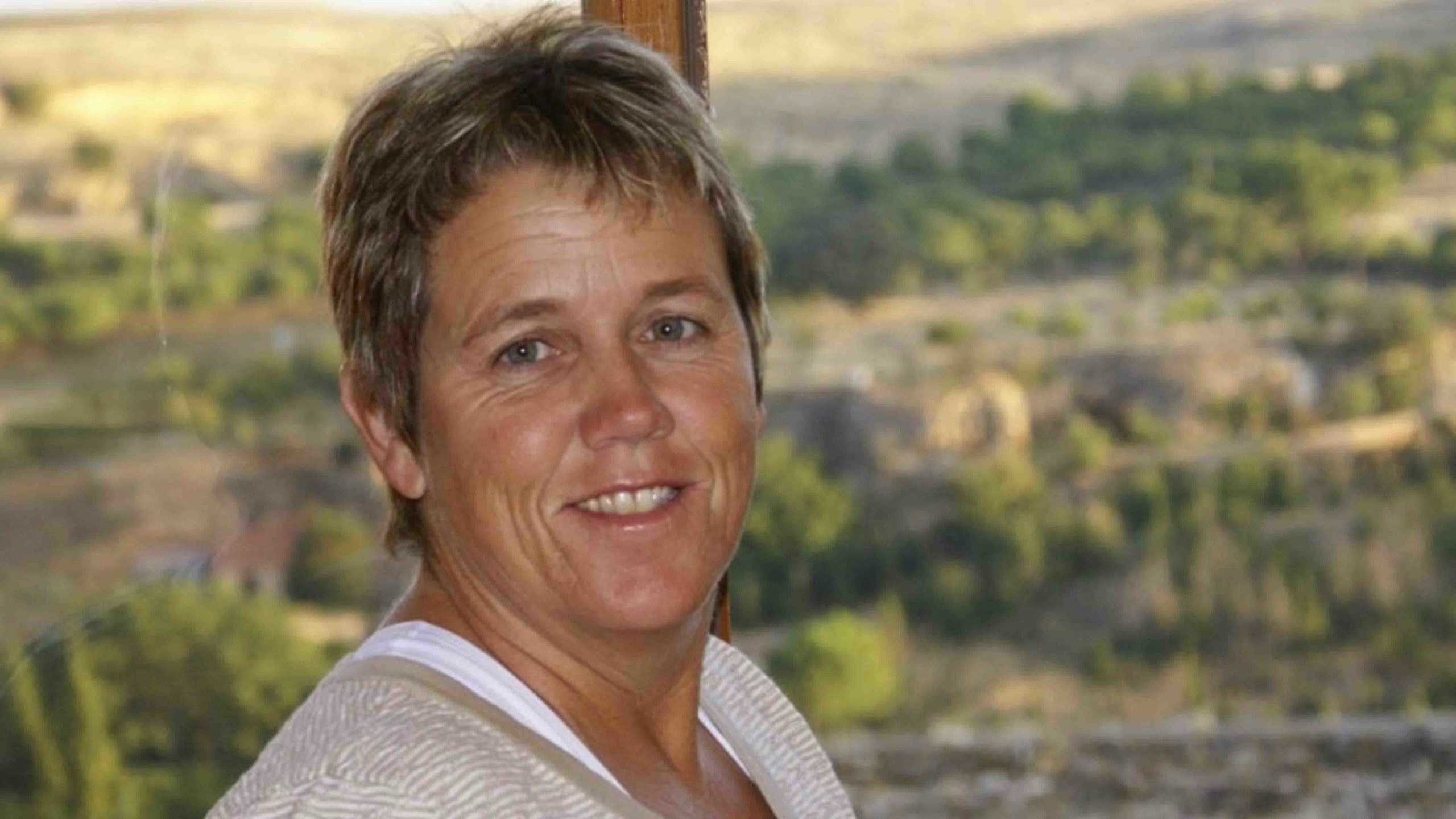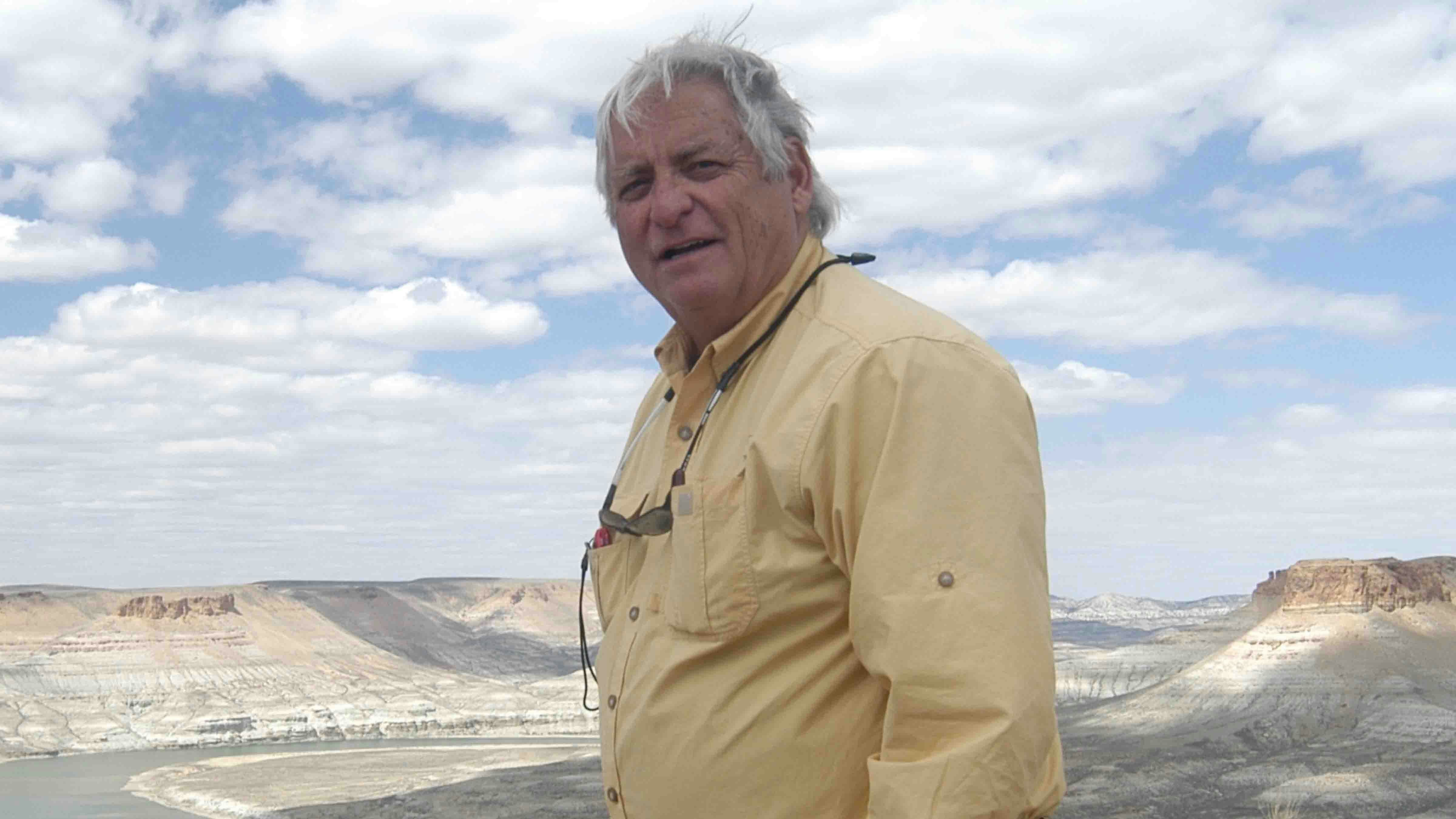The U.S. Fish & Wildlife Service (FWS) proposes to grant itself broad powers to release populations of federally protected species into areas those species never previously inhabited.
The agency claims such a monumental policy shift is warranted since the agency has “learned that climate change is causing, or is anticipated to cause, many species’ suitable habitat to shift outside of their historical range.”
To comply with the Endangered Species Act mandate to use “all methods and procedures” necessary to conserve endangered and threatened species, FWS proposes in a draft federal rulemaking to eliminate references to a species’ historical range when considering conservation actions like population transplants, “to allow flexibility to establish an experimental population beyond the current or historical range” if the agency “determines it is necessary to address impacts of climate change and provide for the conservation of the species.”
After decades of embracing educational campaigns focused on the importance of maintaining ranges for native wildlife species and warning of dangers posed by exotic, non-native or invasive species, the FWS policy shift has met a divided response. Supporters call the proposal “assisted colonization” or “managed relocation,” while critics call it “planned invasions” or “anthropogenic ecosystem engineering.”
The Debate
The issue has been debated in ecological journals for more than a decade. In 2010, Arizona State University ecologists pointed to the plight of polar bears living on melting sea ice to argue “climate change is forcing us to rethink what it means to save a species in the 21st century. If climate change continues unabated and as rapidly as a few models predict, saving at least some species will require solutions more radical than creating parks and shielding endangered species from bullets, bulldozers, and oil spills: It will require moving them.”
They predicted that there would be opposition to the role of “planetary manager,” but warned “the wholesale rejection of managed relocation is itself a capitulation: to species extinction.”
A 2011 commentary by a British researcher in Trends in Ecology and Evolution opined: “The argument that translocations will create ‘unnatural’ communities is not particularly relevant in the world today. A philosophy of conserving the composition of biological communities as they are, or restoring them to some specified (or imagined) historical state, sits uneasily with the reality of environmental and biological change.”
While many environmental groups celebrate the proposed change to provide for more transplants of imperiled species across a larger American landscape, numerous state officials registered their opposition to the FWS proposal. The Wyoming Game & Fish Department (WG&F) flatly stated in its short comment letter that it does not support the change, as did the Wyoming Association of Conservation Districts and a coalition of Wyoming livestock organizations in Wyoming. Similar letters were sent by natural resource user groups throughout the western states.
Wildlife officials in Arizona and New Mexico took the same position as WG&F. New Mexico Game & Fish wrote: “Establishing experimental populations of endangered species outside of the species historical range also, like invasive species, has the potential to disrupt the ecosystem in the introduced range such that it impacts native and/or threatened or endangered species. Establishing population outside of historic range could have myriad unforeseeable and unintended consequences to other native wildlife species and native plant communities.”
Arizona Game & Fish Department officials wrote that the agency “strongly opposes the unnecessary and potentially harmful changes” in the proposal, which “lacks a clear purpose and need, instead relying on nebulous mention of non-specific future changes to the niches of listed species.” The agency wrote of another concern with changes to the 10(j) regulations: “Although there may be legitimate scientific reasons to establish 10(j) areas outside of historical range, social pressures to recover endangered species in areas outside of their historical range should not occur. Relaxing the scientific standards that justify decisions to establish 10(j) areas outside of historical range could have unforeseeable and unintended consequences to other native wildlife species and native plant communities. Recovery, however, must be based on best scientific and commercial data available rather than normative desires for uncommon species in new areas. With a lower scientific standard for establishing 10(j) areas outside of historical range, the Service will be more vulnerable to pressures – legal and otherwise – to abandon their focus on conserving habitat in historical range.”
Overreach
The GPA Midstream Association (a consortium of about 60 corporations specializing in moving energy products) sees the proposal as massive federal government overreach, giving FWS “regulatory power over nearly the entire geographic area of the United States” in which FWS “has unilaterally granted itself a new and broad power without congressional authorization.”
GPA argued that agencies have only those powers given to them by Congress, and Congress has not given FWS the “power to exercise regulatory authority over any given geographic area for the purpose of introducing an experimental species—an action that would have innumerable consequences for the existing, ongoing, and future uses of those areas. And, importantly, the Service points to none. Indeed, the Service notes the Proposed Rule is intended to ‘more clearly establish’ its own authority—without any new directive from Congress.”
Montana Governor Greg Gianforte blasted the proposal as “an egregious move beyond the authority bestowed” on FWS under current law, noting that the ESA “clearly contemplates the conservation of ecosystems upon which endangered and threatened species depend. The statute does not contemplate conservation of new ecosystems never occupied by the species. Indeed, how can a species depend on an ecosystem it has never used before?”
Gianforte wrote that FWS’s “desire to ‘establish’ its authority in this rule amendment is itself a Freudian admission of what the Service truly seeks … more power.” He wrote that “it borders on ridiculous” for FWS to admit that a 1984 revision to the same federal rules “failed to anticipate climate change” while arguing that the 1973 ESA allows the proposed expansion of authority to accommodate climate change.
Consequences
The Wildlife Society (an association of professional wildlife biologists) noted that to be considered for listing under the Endangered Species Act, a species must be deemed at risk of extinction throughout a significant portion of its range. “Delisting decisions are based on the same question,” according to TWS. “Therefore, populations that are outside of the historical range may not apply to this question.” Thus, the FWS proposal presents problems when it comes to listing and delisting decisions.
Another potential consequence was revealed by the Florida Fish and Wildlife Conservation Commission, which noted that the ESA also currently covers species that are not native to the United States. The proposal “may allow for unintended consequences where species not native to the United States are introduced far outside their native range for conservation purposes and ultimately become invasive species.”
But the argument I find most compelling was summarized in just one sentence in the letter from the Arizona Game & Fish Department: “Attempting recovery outside of the evolutionary pressures under which a species evolved is inappropriate and poses unacceptable risks without adequate justification.”
Ecological history is brimming with stories of species transplants (intentional and unintentional) that were later found to be ecological mistakes. Look no further than the mountain goat population that was transplanted into the Snake River Range in the 1960s. Grand Teton National Park officials recently instituted a program to gun down descendants of that transplanted mountain goat population – to protect native bighorn sheep from potential pathogen transmission.
What FWS may decide today is a needed action to protect an imperiled species may set the stage for the next biological invasion.





